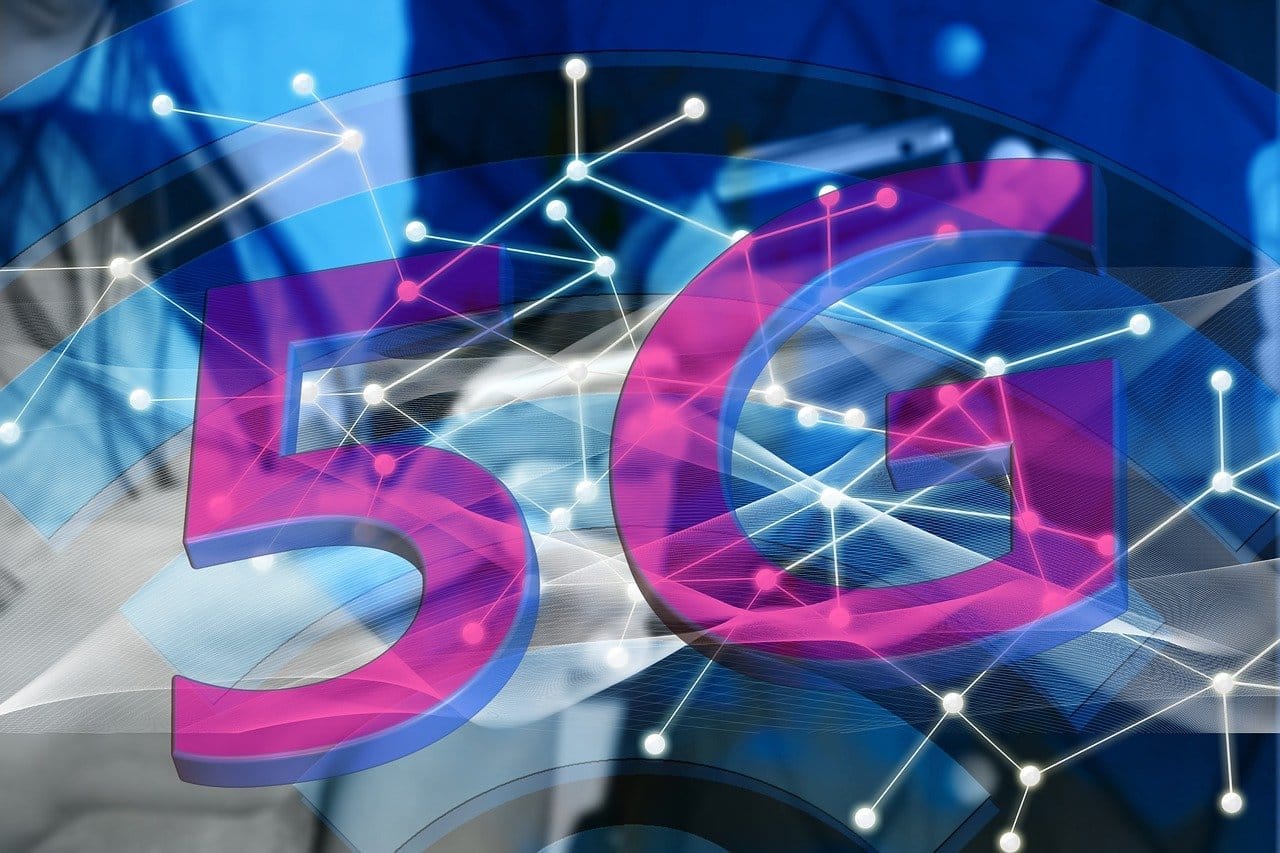The National Commission of Markets and Competition (CNMC) has released its annual report on the state of mobile networks in Spain, highlighting that a significant number of 5G antennas continue to use the Dynamic Spectrum Sharing (DSS) technique. This technique, although efficient in transitioning to the new generation, reveals crucial aspects about coverage and the future of mobile networks in the country.
Current State of Mobile Networks
By the end of 2023, 5G in Spain was present in 23,707 stations, representing a 42.4% increase from the previous year. Orange leads the deployment with 9,120 stations, closely followed by Movistar with 8,829 and Vodafone with 5,650. Despite the rise of 5G, 4G remains the predominant technology, with 64,139 stations, and 3G, although in decline, still has 59,756 stations.

Use of DSS and its Impact on Coverage
5G, while expanding, still heavily relies on DSS to leverage the existing infrastructure of 4G. This technique dynamically shares radio spectrum between 4G and 5G on the same frequencies. In total, 20,326 5G stations use DSS, representing a significant portion of the 5G infrastructure. If DSS were to be deactivated, 5G coverage would be significantly reduced.
Currently, 5G with DSS covers 85.4% of the population, while 5G NSA (Non-Standalone), which does not use DSS, reaches 54.3% of the population. 5G SA (Standalone), with its entirely 5G core network, is available to 33.4% of Spaniards. DSS coverage allows for a smoother transition to 5G, though the dependence on this technique shows that the 5G infrastructure is not yet fully developed to operate independently.
Trends and Projections
The CNMC highlights that while 5G continues to advance, 4G remains crucial for widespread mobile data usage. Operators are adapting their strategies: Orange focuses on the 700 MHz band for broad coverage, while Movistar concentrates on the 3.6 GHz bands for greater capacity and speed.

The report also notes that while 2G and 3G are still operational, their presence is declining. 4G technology is on the rise, and 5G, though promising, remains dependent on techniques like DSS to provide extensive coverage.
In summary, the evolution of mobile networks in Spain shows significant progress towards 5G, but also highlights current challenges such as DSS dependence. Coverage and the deployment of new technologies will continue to be key aspects in the evolution of mobile networks in the country, as the balance between transition and existing infrastructure is sought.
Source: CNMC and Banda Ancha (more details in graphics from Banda Ancha).

